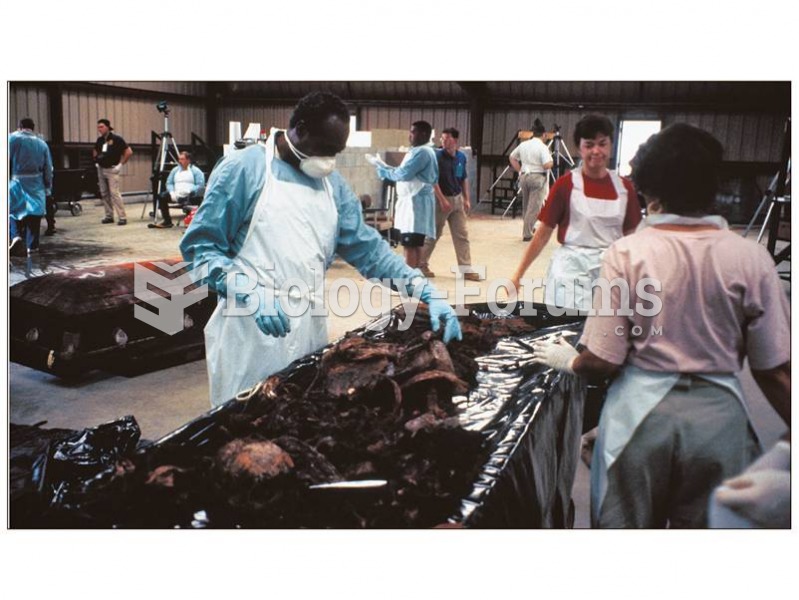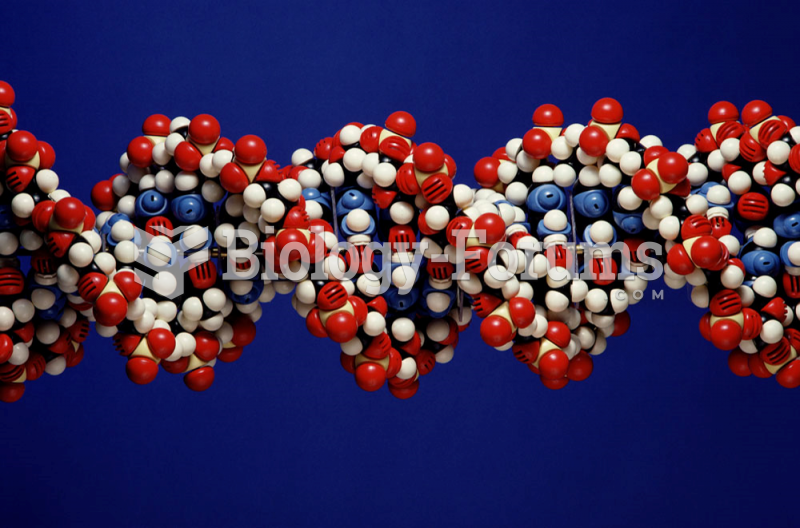Answer to Question 1
The systematic nature of problem-oriented policing is characterized by its adherence to a four-step model, often referred to as S.A.R.A., which stands for Scanning, Analysis, Response, and Assessment.
The four steps include:
Scanning involves identifying a specific crime problem through various data sources (for example, victim surveys, 911 calls).
Analysis involves carrying out an in-depth analysis of the crime problem and its underlying causes.
Response brings together the police and other partners to develop and implement a response to the problem based on the results produced in the analysis stage.
Assessment is the stage in which the response to the problem is evaluated.
Like community policing, problem-oriented policing is viewed as a proactive delinquency prevention strategy. Unlike community policing, however, the engagement of the community in problem-oriented policing is not imperative, but more often than not these operations involve close collaborations with the community.
Collaborations with other juvenile justice agencies, such as probation, are also common in problem-oriented policing operations.
Student views will vary.
Answer to Question 2
One of the most important institutions playing a role in delinquency prevention is the school. In schools across the country, there are more than 14,000 full-time police working as school resource officers.
In addition to helping make the school environment safe for students and teachers, school resource officers work closely with staff and administrators in developing delinquency prevention programs.
For example, these officers and liaison officers from schools and police departments have played a leadership role in developing recreational programs for juveniles. In some instances, police have actually operated such programs.
In others, they have encouraged community support for recreational activities, including Little League baseball, athletic clubs, camping outings, and police athletic and scouting programs. In short, these officers can make a great deal of difference in the lives of many youth.
The Gang Resistance Education and Training (G.R.E.A.T.) program is one example of a police and school partnership to reduce delinquency.
Modeled after D.A.R.E., G.R.E.A.T. was developed among a number of Arizona police departments in an effort to reduce adolescent involvement in criminal behavior.
The program's primary objective is the prevention of delinquency and gang involvement. Trained police officers administer the program in school classrooms about once a week.
The program consists of four components: a 13-week middle school curriculum, a 6-week elementary school curriculum, a summer program, and family training.







